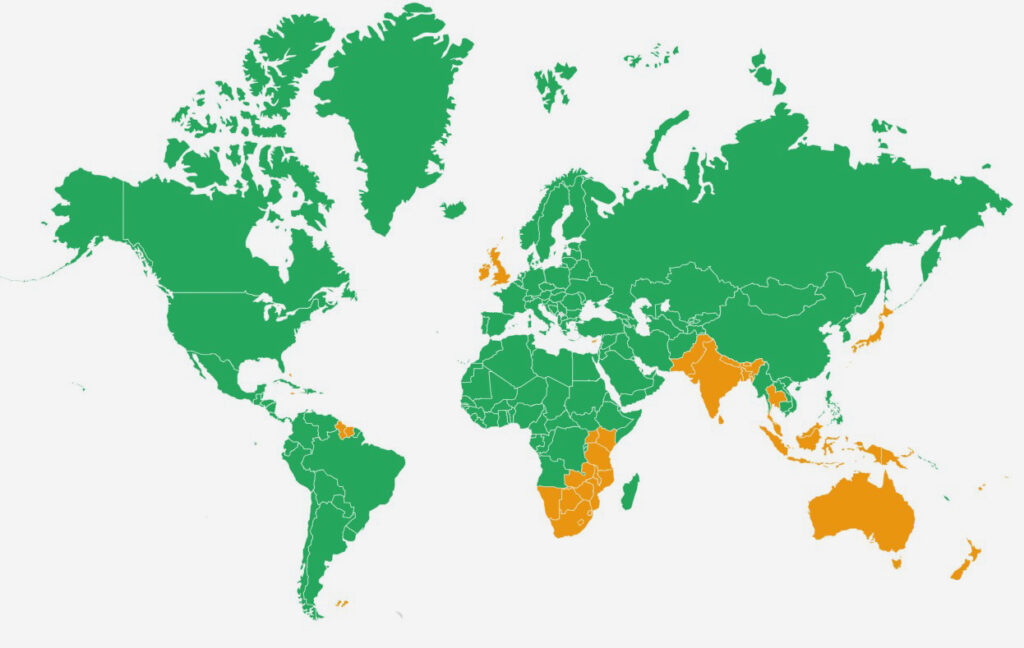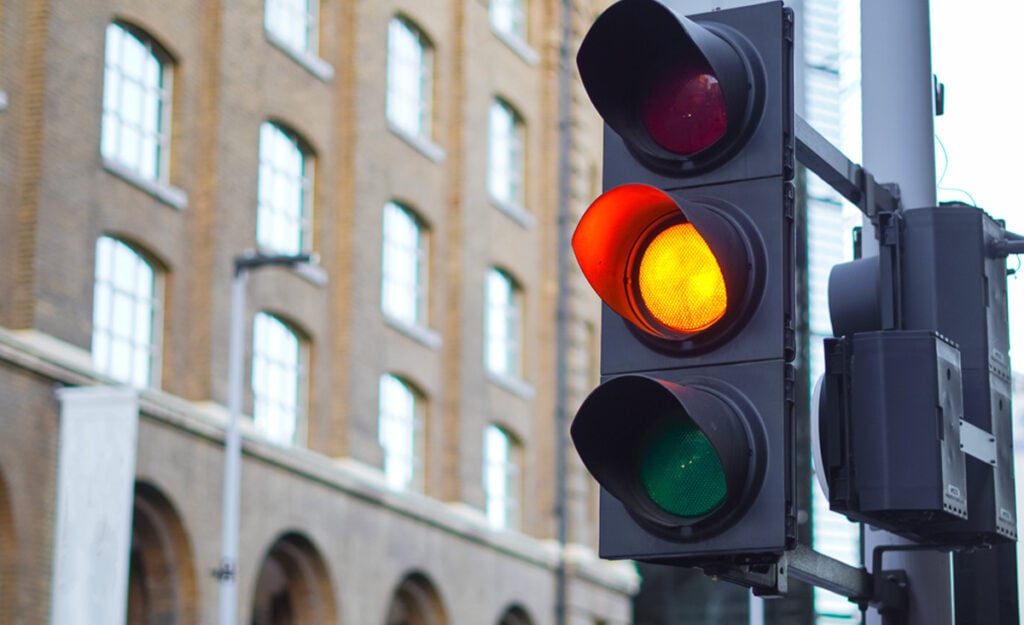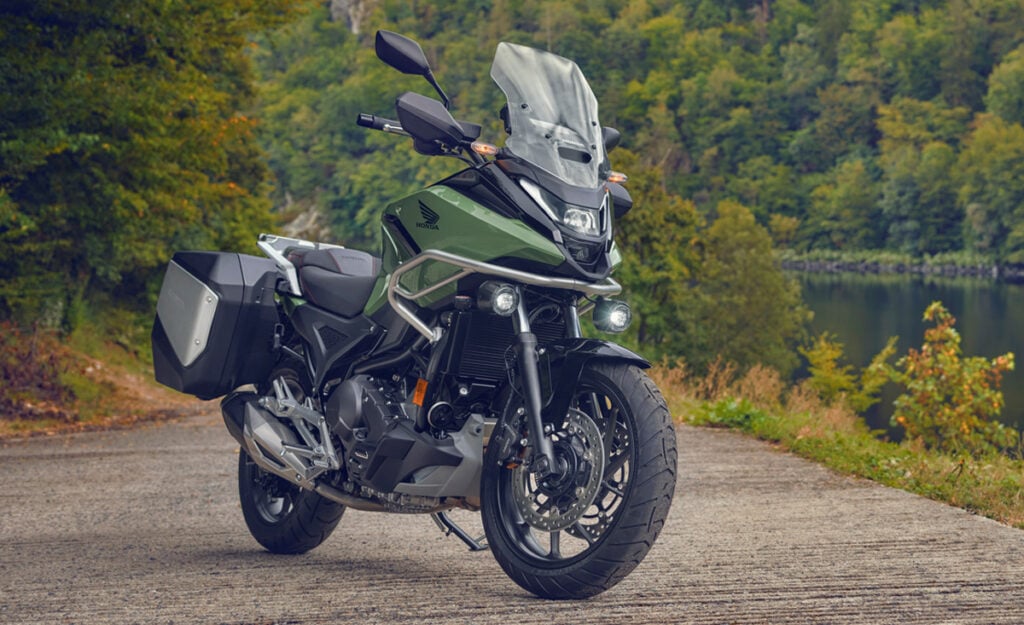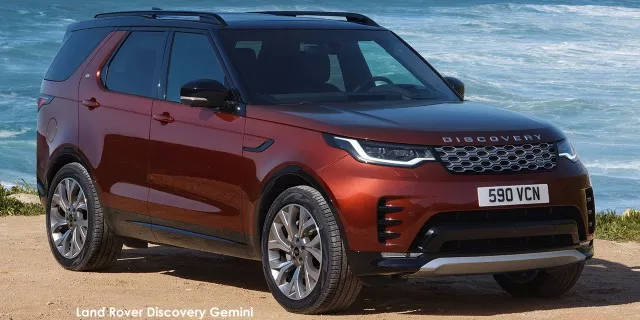Why we drive on the left side of the road in South Africa
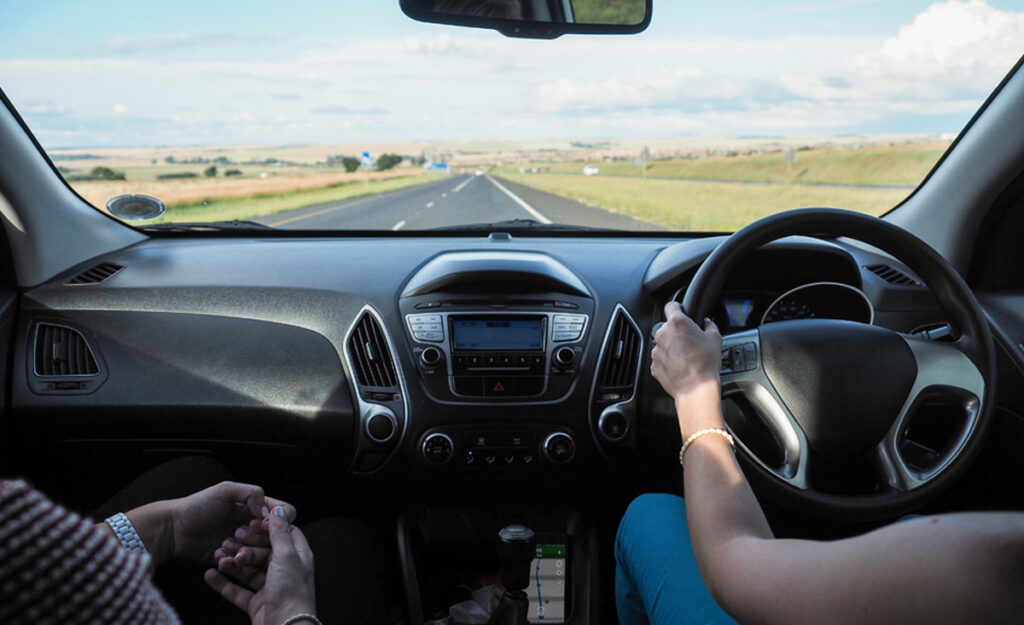
We in South Africa drive on the left side of the road in our right-hand-drive (RHD) cars, but we are one of the few who do so.
This law finds its roots in social customs established hundreds of years ago, even before the invention of horse carriages.
According to the History Channel, the practice of keeping to the left arose as a matter of safety, as back in the days when people were mainly travelling by foot, walking on the left would have allowed them to wield a weapon in their right hand – which was the dominant hand for the majority of people even back then.
Later archaeological evidence suggests that the ancient Romans drove their carts and chariots on the left, and the practice seems to have carried over into parts of medieval Europe.
Until as recently as the 1700s, horse and wagon traffic was so light that the decision to drive on the left or right often varied according to local custom.
However, between 1773 and 1835, the British Empire decided to put it into law that traffic must keep to the left side of the road, but the opposite tradition prevailed in France, which favored the right as early as the 18th century.
These two countries later exported their driving styles to their respective colonies, which is why many former British territories such as Australia, New Zealand, South Africa, and India still drive on the left.
As for right-hand-drive nations, researchers believe that the beginning of right-hand traffic in the United States dates to the 18th century and was born out of a rise of freight wagons pulled by large teams of horses.
Since these vehicles often didn’t have a driver’s seat, drivers tended to ride on the left rear horse to more easily control their animal team with their right hand.
As traffic increased, drivers moved their carriages to the right of the road to sit closer to the center and avoid collisions with one another.
Another major influence was Henry Ford, who mass-produced the Ford Model T, one of the earliest automobiles ever, with a left-positioned steering wheel, which necessitated driving on the right side of the road.
This rule spread to Canada in the 1920s to facilitate traffic from the US, with many other countries also making the switch to the right (or left) over the centuries to fit in with their neighbors.
All the RHD countries in the world
The countries and regions that drive on the left side of the road with RHD cars are:
- Anguilla
- Antigua and Barbuda
- Australia
- Bahamas
- Bangladesh
- Barbados
- Bermuda
- Bhutan
- Botswana
- British Virgin Islands
- Brunei
- Cayman Islands
- Channel Islands (Guernsey & Jersey)
- Christmas Island
- Cocos (Keeling) Islands
- Cook Islands
- Cyprus (incl. North Cyprus)
- Dominica
- East Timor
- Falkland Islands
- Fiji
- Great Britain
- Grenada
- Guyana
- Hong Kong
- India
- Indonesia
- Ireland
- Isle of Man
- Jamaica
- Japan
- Kenya
- Kiribati
- Lesotho
- Macau
- Malawi
- Malaysia
- Maldives
- Malta
- Mauritius
- Montserrat
- Mozambique
- Namibia
- Nauru
- Nepal
- New Zealand
- Niue
- Norfolk Island
- Pakistan
- Papua New Guinea
- Pitcairn Islands
- Saint Helena
- Saint Kitts and Nevis
- Saint Lucia
- Saint Vincent and the Grenadines
- Samoa
- Seychelles
- Singapore
- Solomon Islands
- South Africa
- Sri Lanka
- Suriname
- Swaziland
- Tanzania
- Thailand
- Tokelau
- Tonga
- Trinidad and Tobago
- Turks and Caicos Islands
- Tuvalu
- Uganda
- United Kingdom
- United States Virgin Islands
- Zambia
- Zimbabwe
While there are clearly dozens of RHD nations, we only represent a small portion of all the economies in the world and an even smaller slice of the global automotive industry, which often has the consequence of being left out when planning for new vehicles takes place.
